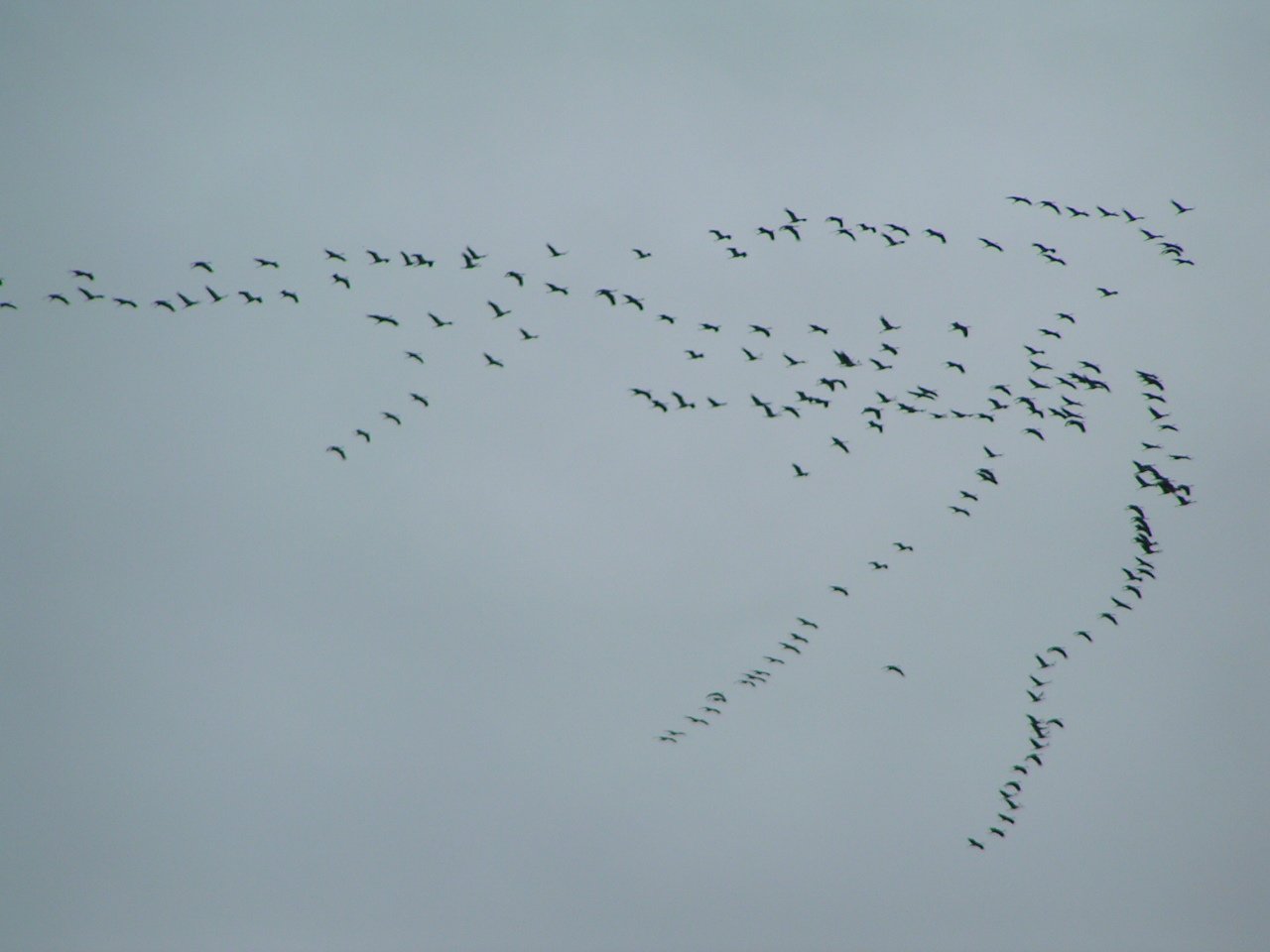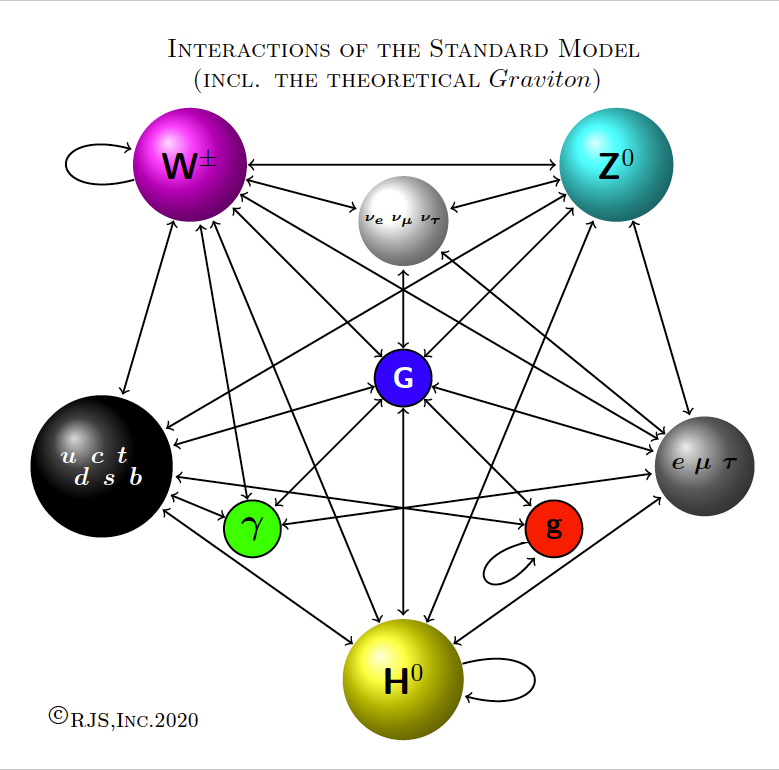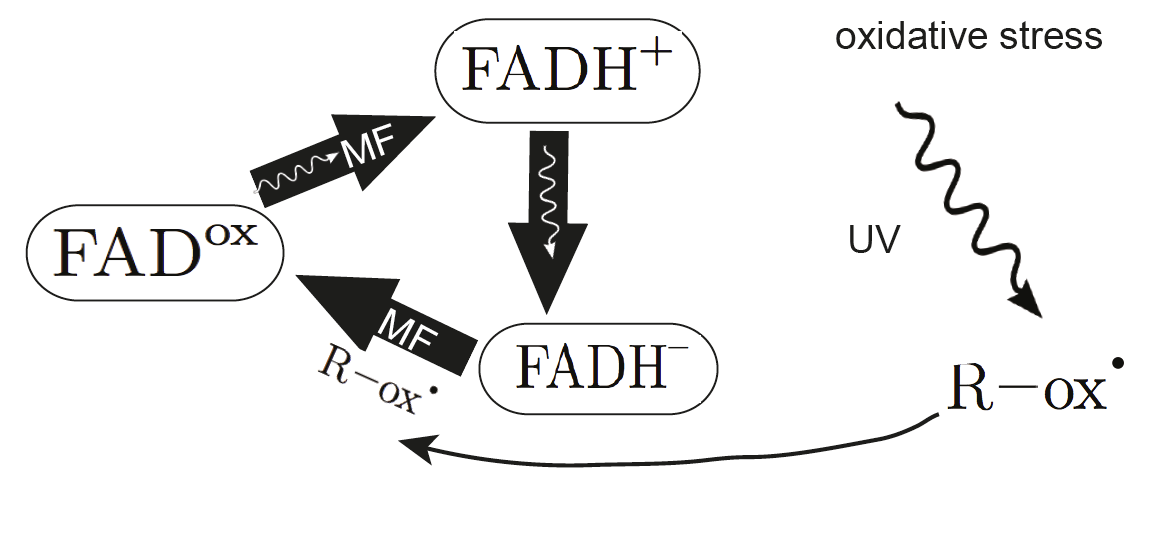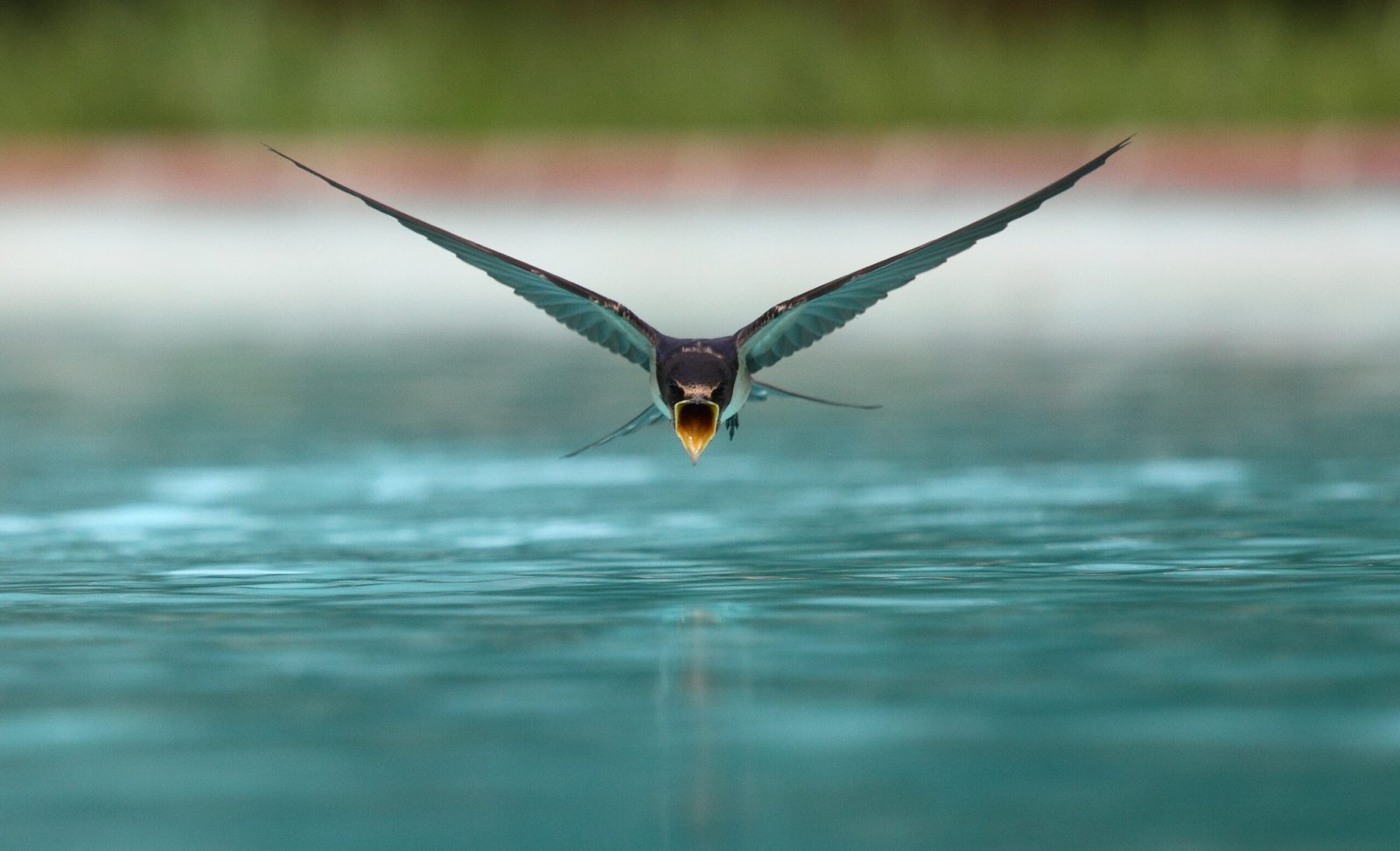Imagine soaring across continents, guided by an invisible map written in the very fabric of nature. Every spring and autumn, millions of birds embark on epic journeys, flying thousands of miles over oceans, mountains, and deserts. What’s truly astonishing is that these delicate creatures do not rely on GPS, maps, or even the stars alone. Instead, their mysterious sense of direction may be powered by one of the most mind-bending concepts in science: quantum mechanics. This is the story of how birds might be reading the secrets of the universe to navigate with breathtaking precision.
The Marvel of Bird Migration
Bird migration is one of the most awe-inspiring spectacles in the natural world. Some birds travel from the Arctic to the tip of South America, covering distances that seem impossible for their small bodies. Scientists have long wondered how birds manage to return to the same nesting grounds year after year, even when separated by storms or blown off course. It’s not just memory or instinct; there’s a deeper, almost magical force at play. For generations, people have marveled at birds’ ability to cross open oceans without landmarks, raising the question: what invisible compass do they follow?
The Mystery of the Avian Compass
For decades, researchers believed birds used the sun, stars, and Earth’s magnetic field to find their way. While these tools are part of the picture, they didn’t explain the uncanny precision and adaptability birds display during migration. Birds seemed to sense the magnetic field even in complete darkness or cloudy weather, and could detect subtle changes in direction. The traditional explanations just weren’t enough. Something else—something almost unbelievable—was guiding these tiny travelers.
Magnetoreception: Feeling Earth’s Magnetic Field

Birds possess a unique ability called magnetoreception, which lets them sense Earth’s magnetic field. It’s as if they have a sixth sense, a kind of internal compass that we humans can only dream of. Experiments have shown that birds can distinguish north from south even when all visual cues are removed. This sharp magnetic sense is so powerful that some birds can even detect variations in the angle and intensity of the field, helping them pinpoint their exact location. But how do they do it? The answer, it turns out, may be hidden deep within their eyes.
Quantum Mechanics: The Science of the Very Small

Quantum mechanics is the branch of science that deals with the tiniest particles in the universe—atoms, electrons, and even smaller things. At this scale, the rules of reality become strange and counterintuitive. Particles can exist in multiple states at once, and their behavior is influenced by probability and uncertainty. For most of us, quantum mechanics seems worlds away from everyday life. But for birds, the bizarre rules of the quantum world may be woven into their very biology.
The Cryptochrome Connection

At the heart of the quantum navigation theory is a special molecule found in birds’ eyes called cryptochrome. This blue-light-sensitive protein is thought to play a crucial role in detecting magnetic fields. When light hits cryptochrome, it sparks a reaction that creates pairs of electrons, known as “radical pairs.” These pairs are linked in a quantum state, meaning their fates are intertwined no matter how far apart they are. The Earth’s magnetic field affects how these radical pairs behave, subtly altering the chemical signals sent to the bird’s brain. In essence, birds may be seeing the magnetic field as a faint visual pattern overlaying the world around them.
Quantum Entanglement in the Bird’s Eye
The radical pairs in cryptochrome don’t just react to light—they also interact in ways that can only be explained by quantum entanglement. This mysterious phenomenon means that the state of one electron is instantly linked to the state of another, no matter the distance between them. In birds, this quantum entanglement may allow them to detect the direction and strength of the magnetic field through changes in the reactions within their eyes. It’s like having a built-in, quantum-powered compass that updates in real time.
Experimental Evidence: Science Meets Nature
Over the past decade, scientists have designed clever experiments to test the quantum navigation hypothesis. Some studies involved exposing birds to magnetic fields that were altered by radio waves, which can disrupt quantum processes. When the quantum signals were scrambled, the birds became disoriented and could no longer navigate correctly. Other experiments have used genetically modified birds that lack cryptochrome, finding that these birds also lose their magnetic sense. These findings support the idea that quantum mechanics isn’t just a weird theory—it’s a real and essential part of how some birds navigate.
Quantum Biology: A New Frontier

The idea that living creatures harness quantum mechanics is both shocking and inspiring. For years, scientists thought quantum effects were too delicate to survive in the messy, warm world of biology. But birds aren’t alone—evidence of quantum effects has been found in photosynthesis, smell, and even the way animals’ brains work. This emerging field, known as quantum biology, is opening up new ways of understanding life itself. It challenges our assumptions about what’s possible and shows that nature is far more inventive than we ever imagined.
Implications for Technology and Human Navigation

Understanding how birds use quantum mechanics to navigate could revolutionize our own technology. Imagine designing navigation systems that mimic the quantum compass of migratory birds. Such technology could work even in places where GPS fails, like deep underwater or inside dense forests. It might also inspire new sensors for detecting environmental changes or even help in developing quantum computers. By learning from birds, we could unlock secrets that change the way we interact with the world.
Nature’s Quantum Wonders: Awe and Inspiration
The notion that tiny songbirds use the same principles that govern atoms and subatomic particles to travel across continents is both poetic and profound. It blurs the line between the living and the physical, between biology and physics. The next time you see a flock of birds sweeping across the sky, remember that their journey is powered by the strangest and most beautiful laws of the universe. It’s a reminder that there is magic hidden in the ordinary, and that even the smallest creatures can teach us about the deepest mysteries of existence.



